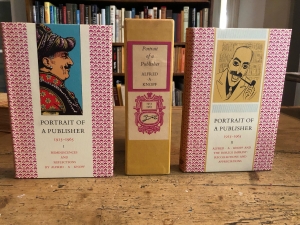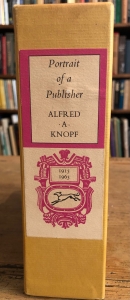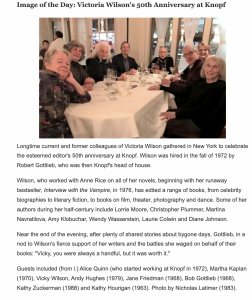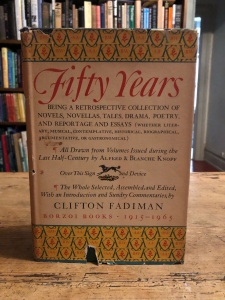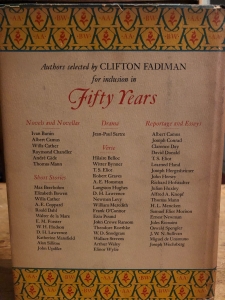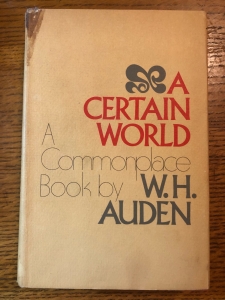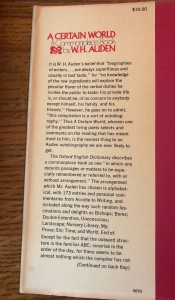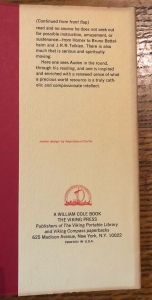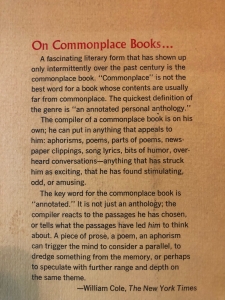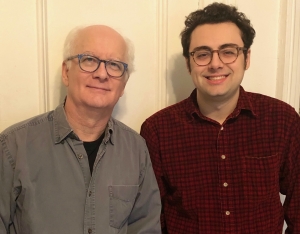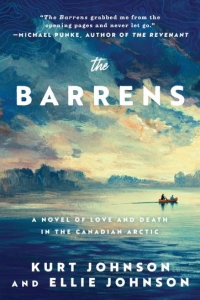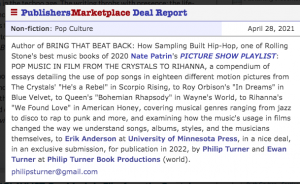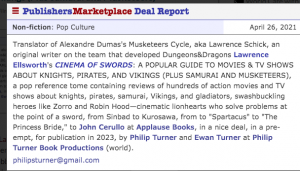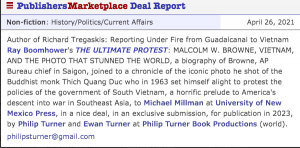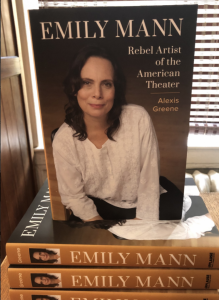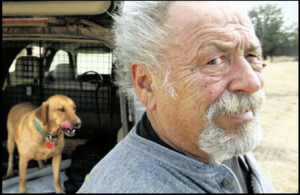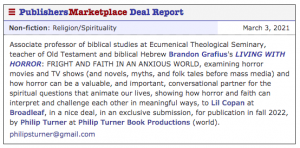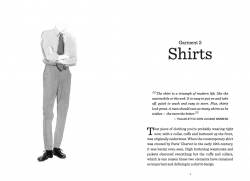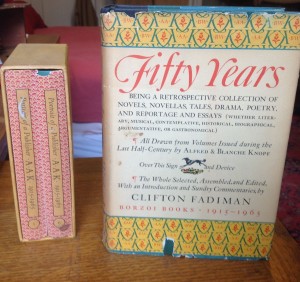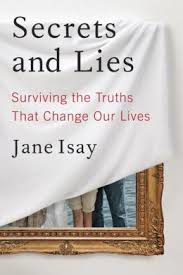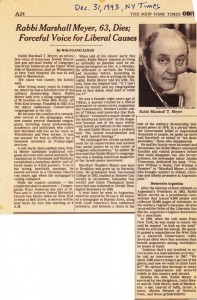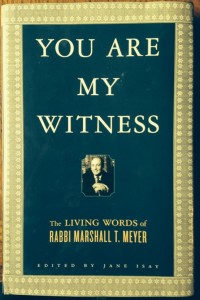Looking Back on 2022, Another Good Year in Editing and Agenting
Yesterday I began totaling up the volume of business for Philip Turner Book Productions in 2022, to prepare to send agency clients full accounting of monies we received from publishers for them in 2022, and to write an annual year-end blog post. I’m pleased to note the figures confirm how it felt while we working at it—2022 was a very productive year for the company I founded in 2009, which I began operating with my adult son Ewan three years ago.
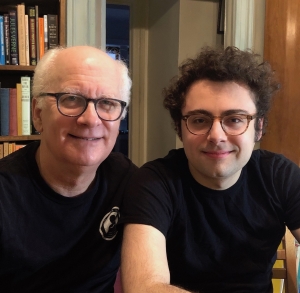 It’s fun and rewarding to have such a knowledgeable colleague and partner whose instincts and judgment I trust completely. When the year began he was our Managing Editor, and then mid-year I promoted him to Executive Editor and Literary Agent, which was announced in the Publishing Trends newsletter in July. The dual role is emblematic of our makeup as a joint editorial services consultancy and literary agency. He’s heading our New Stories division, devoted to cultivating new work in fiction, narrative nonfiction, and memoir.
It’s fun and rewarding to have such a knowledgeable colleague and partner whose instincts and judgment I trust completely. When the year began he was our Managing Editor, and then mid-year I promoted him to Executive Editor and Literary Agent, which was announced in the Publishing Trends newsletter in July. The dual role is emblematic of our makeup as a joint editorial services consultancy and literary agency. He’s heading our New Stories division, devoted to cultivating new work in fiction, narrative nonfiction, and memoir.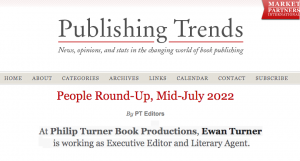
Looking back on the year that ends this week, I see that
• On the editorial side, we edited manuscripts and book proposals from 15 different authors;
• On the agency side, we made seven new deals with book publishers and audiobook publishers for titles that will be published in 2023 and beyond;
• With a backlist of author clients and their books that have now been published and selling for a decade or more, we also paid out advances and royalties from various publishers to seventeen different authors and rights holders.
Some of our sales in 2022:
• PUBLIC/PRIVATE: My Years with Joe Papp at the Public Theater by Gail Merrifield Papp to Applause Theater and Cinema Books; audiobook rights sold to Audible who is working with the author to recruit an A-list actor to provide the narration. Told in an entertaining way, the book blends an affecting memoir of the author’s life and work alongside the founder of the Public Theater, Joe Papp, with a behind-the-scenes portrait of the influential theater’s dazzling history. News of the book deal appeared first in Publishers Weekly’s Deals column. The book will be published in October 2023.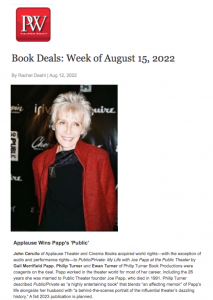
• MOLYVOS: A Greek Village’s Heroic Response to the Global Refugee Crisis by educator and humanitarian John Webb, sold to Potomac Books, for publication in 2023. Webb’s book tells the little-known story of the intrepid Greek villagers, who in the early months of 2015-16 bootstrapped an effective humanitarian response to aid the tens of thousands of Syrians, Afghans, Ethiopians who’d launched themselves in flimsy vessels across the Mediterranean and the Adriatic seeking safety and succor in Europe, before well-known NGOs were on the ground, months before those vaunted organizations mounted no response at all, while people of Molyvos did heroic work.
• In the popular POT THIEF mystery series—whose author J. Michael Orenduff we’ve been representing since 2010—we placed his tenth title, THE POT THIEF WHO STUDIED CALVIN, to be published by Open Road Media in coming months. Orenduff will also be publishing a nonfiction book with Open Road in coming months, details to come.
• We arranged for the writing of a history of a regional American theater by a prominent arts critic whom I represent, and engaged the participation of a theater benefactor in the project, details to come.
Books we had sold in earlier years, set to be published in 2023:
• THE NEEDLE AND THE LENS, on the interplay between music and storytelling in movies, by Nate Patrin, author of Bring that Beat Back: How Sampling Built Hip-Hop, University of Minnesota Press, May 2020; Nate’s second book will also be published by UMP.
• CINEMA OF SWORDS: A Popular Guide to Movies & TV Shows About Knights, Pirates, and Vikings (Plus Samurai and Musketeers) by Lawrence Ellsworth, translator of four Alexandre Dumas novels we’ve sold to Pegasus Books; we sold Lawrence’s new book to Applause Theater and Cinema Books.
• THE ULTIMATE PROTEST: Malcolm W. Browne, Vietnam, and the Photo that Stunned the World by Ray E. Boomhower (author of Richard Tregaskis: Reporting under Fire from Guadalcanal to Vietnam, University of New Mexico Press, 2022); Ray’s new book on Malcolm Browne will also be published by UNMP.
• THE KREMLIN’S NOOSE: Vladimir Putin’s Blood Feud with the Oligarch Who Made Him Ruler of Russia by Amy Knight, author of Orders to Kill: The Putin Regime and Political Murder (St Martin’s Press, 2017). We sold Knight’s new book to Northern Illinois University Press distributed by Cornell University Press. Amy’s new book is a dual portrait that documents the rise of Putin and the mogul Boris Berezovsky, who helped make Putin ruler, then feuded with him till his death in London, which like so many Kremlin critics, occurred under unexplained circumstances.
Books we had sold in earlier years, published in 2022:
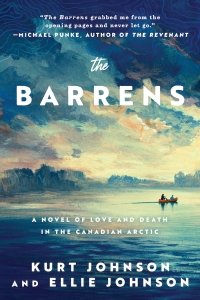 THE BARRENS: A Novel of Love & Death in the Canadian Arctic by Kurt Johnson and Ellie Johnson (Arcade Publishing, May 2022), sold under our New Stories rubric. Chosen by the Women’s National Book Association for their annual Great Group Reads program, attesting to its suitability as a novel for book clubs. “Two young college women embark on a canoe trip down the Thelon River in Canada’s Barren Lands when a tragic accident turns a wilderness adventure into a battle for survival in this debut novel…A poignant and engaging thriller with a formidable lead character.”—Kirkus
THE BARRENS: A Novel of Love & Death in the Canadian Arctic by Kurt Johnson and Ellie Johnson (Arcade Publishing, May 2022), sold under our New Stories rubric. Chosen by the Women’s National Book Association for their annual Great Group Reads program, attesting to its suitability as a novel for book clubs. “Two young college women embark on a canoe trip down the Thelon River in Canada’s Barren Lands when a tragic accident turns a wilderness adventure into a battle for survival in this debut novel…A poignant and engaging thriller with a formidable lead character.”—Kirkus
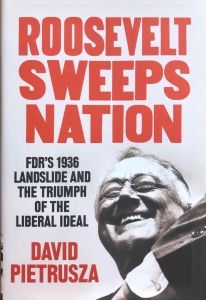 ROOSEVELT SWEEPS NATION: FDR’s 1936 Landslide and the Triumph of the Liberal Ideal by David Pietrusza (Diversion Books, August 2022; Blackstone Audio). “Historian Pietrusza creates a brisk, spirited narrative, abundantly populated and bursting with anecdotes, revealing the president’s trials and turmoil as he faced reelection….Prodigiously researched and exuberantly told.”—Kirkus, starred review
ROOSEVELT SWEEPS NATION: FDR’s 1936 Landslide and the Triumph of the Liberal Ideal by David Pietrusza (Diversion Books, August 2022; Blackstone Audio). “Historian Pietrusza creates a brisk, spirited narrative, abundantly populated and bursting with anecdotes, revealing the president’s trials and turmoil as he faced reelection….Prodigiously researched and exuberantly told.”—Kirkus, starred review
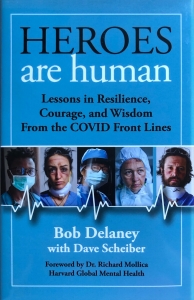 HEROES ARE HUMAN: Lessons in Resiliency, Courage and Wisdom from the COVID Front Lines by Bob Delaney with Dave Scheiber (City Point Press, September 2022; audiobook, Tantor Media). “Offers insights into life on the front lines during the early days of the Covid-19 pandemic…An eye-opening work about health care workers’ sacrifices and burdens.”—Kirkus
HEROES ARE HUMAN: Lessons in Resiliency, Courage and Wisdom from the COVID Front Lines by Bob Delaney with Dave Scheiber (City Point Press, September 2022; audiobook, Tantor Media). “Offers insights into life on the front lines during the early days of the Covid-19 pandemic…An eye-opening work about health care workers’ sacrifices and burdens.”—Kirkus
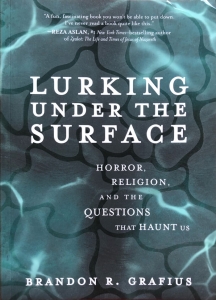 LURKING UNDER THE SURFACE: Horror, Religion, and the Questions that Haunt Us by Brandon Grafius (Broadleaf Books, October 2022; audiobook, Tantor Media). “Grafius teaches us how to welcome horror as a constant companion in a world plagued by real evil.”—Sojourners
LURKING UNDER THE SURFACE: Horror, Religion, and the Questions that Haunt Us by Brandon Grafius (Broadleaf Books, October 2022; audiobook, Tantor Media). “Grafius teaches us how to welcome horror as a constant companion in a world plagued by real evil.”—Sojourners
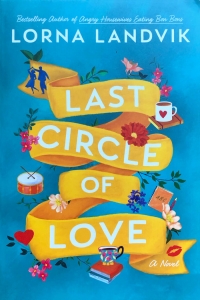 LAST CIRCLE OF LOVE, a novel by Lorna Landvik (Lake Union, Amazon Publishing, December 2022; audiobook narrated by the author, Brilliance). “This warm and funny book is vintage Landvik, with an ensemble cast of salt-of-the-earth women with names like Marlys and Charlene who tiptoe into the world of lust and examine what, as they say, turns them on. None of it is really erotica, of course, but more practical things like gallantry, compliments, understanding and forgiveness.”—Laurie Hertzel, Minneapolis Star-Tribune
LAST CIRCLE OF LOVE, a novel by Lorna Landvik (Lake Union, Amazon Publishing, December 2022; audiobook narrated by the author, Brilliance). “This warm and funny book is vintage Landvik, with an ensemble cast of salt-of-the-earth women with names like Marlys and Charlene who tiptoe into the world of lust and examine what, as they say, turns them on. None of it is really erotica, of course, but more practical things like gallantry, compliments, understanding and forgiveness.”—Laurie Hertzel, Minneapolis Star-Tribune
After 2023, we eagerly anticipate publication of DEVOURING TIME: Jim Harrison, a Life by Todd Goddard, the first biography of the acclaimed master of the novella, gourmand, ardent friend, hunter and fisher, which will be published by Blackstone Publishing.
Major thanks to all the authors who entrusted us with editing and representing their work in the past year. We really appreciate it.
Also doing our own creative work in 2022:
Under Ewan’s pen name, M.G. Turner, he published essays on this website about Ernest Hemingway; photojournalist Ruth Gruber; and special effects film pioneer Ray Harryhausen, and continued developing his fiction, with a completed short story collection and novel which we’ll be circulating in 2023. He also assisted children’s book scholar Michael Patrick Hearn in lectures for the Grolier Club.
I published a review/essay on a formidable nonfiction trilogy about Canadian indie rock n’ roll by Michael Barclay and other authors, highlighted by Barclay’s book, HEARTS ON FIRE: Six Years that Changed Canadian Music, 2000-2005 (ECW Press, 2022), and a review/essay on Robert Gottlieb’s enjoyable publishing memoir, AVID READER. I also contributed an essay, “The Education of a Bookselling Editor,” to AMONG FRIENDS: An Illustrated Oral History of 20th Century Publishing and Bookselling, to be published by the University of Pennsylvania Press in 2023.
We’re each looking forward to a great year in 2023. As always, please get in touch if you or someone you know is seeking guidance about publishing. Ewan can be reached at ewanmturner [@] gmail [.] com, while my contact info is philipsturner [@] gmail [.] com. Our company email is ptbookproductions [@] gmail [.] com.


